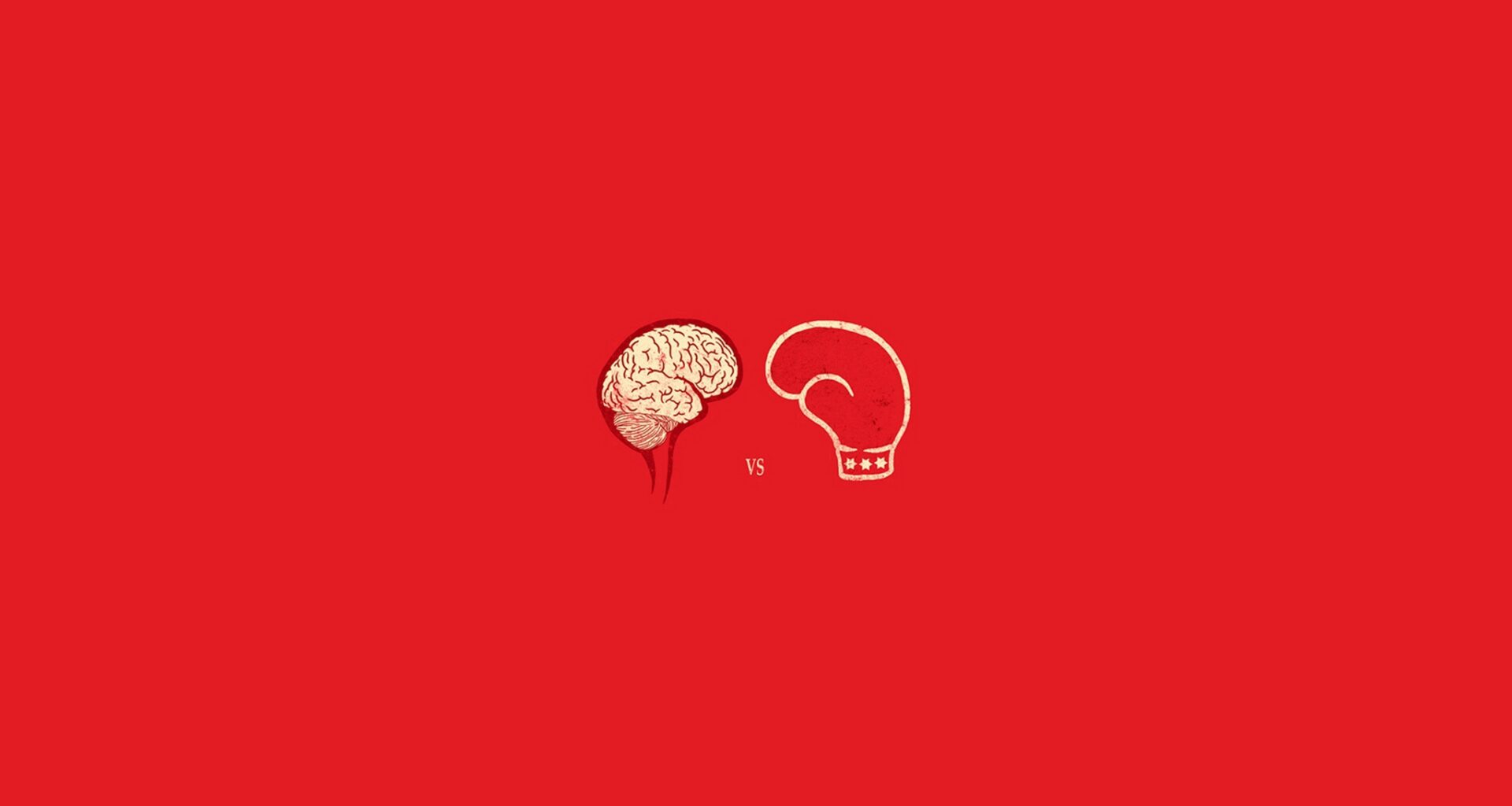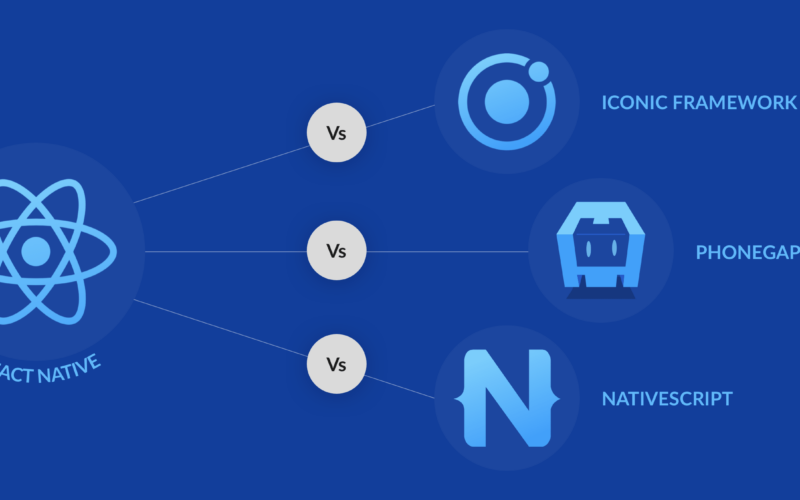‘Agile’ is a method and Agility is a mindset. Being agile at a personal level means you’re nimble to receive, accept and respond to new information in your environment; you’re open to turn inwards and implement behavioral changes necessary at an individual level and inspire change at a team level to make progress. ‘Agile’ first projects require individual agility and collective agility for success.
“Leaders who understand how the brain works can make themselves and their teams more nimble, innovative and resilient”
Projects that require progressive elaboration of scope, to best adapt to fast changing business needs and perspectives, require collaborating in an “agile” way. These projects have shorter incremental goals and are broken down into multiple phases (of 3–4 months each) in-order to rapidly prototype solutions, test market response and mature over iterations, by working with users in close feedback loops. The project though is split into multiple short phases, carry no less complexity than other long term fixed scope projects.
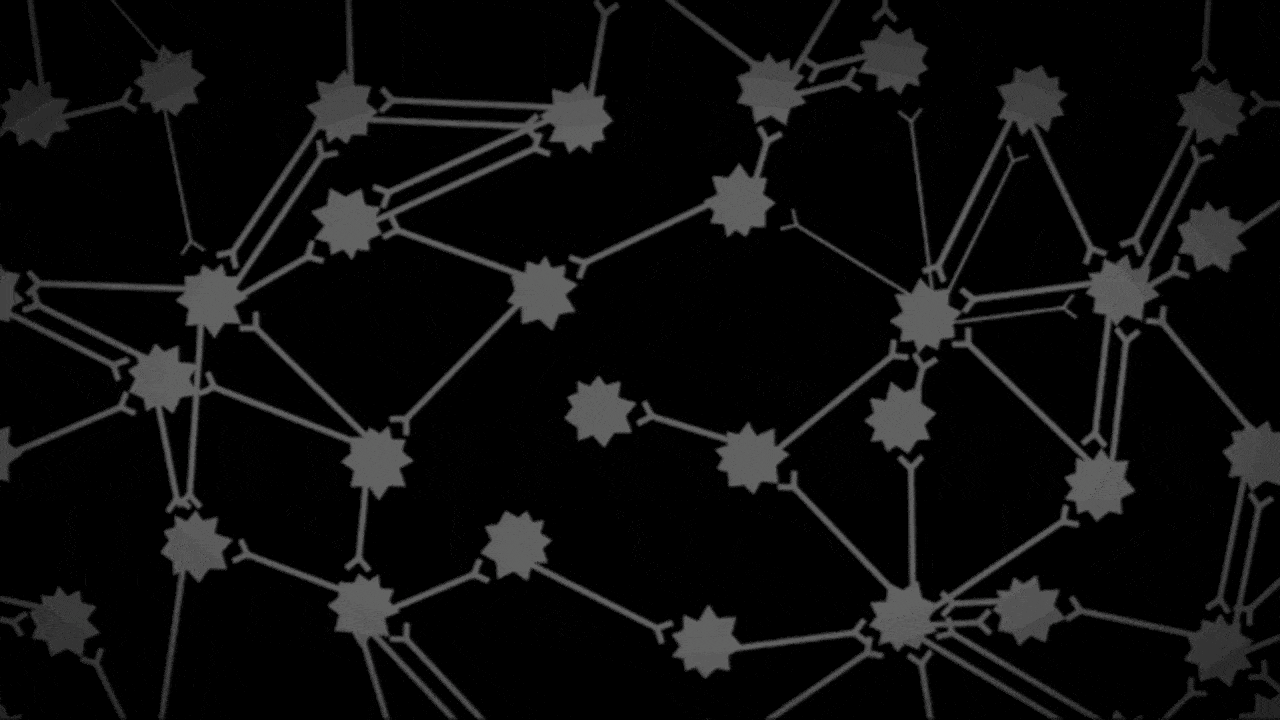
In-fact the level of complexity involved in terms of planning, elaborating, coordinating, executing & course-correcting phase wise short-term goals is sometimes even higher than carrying out a larger project of a longer duration, due to the constraints of both budget and time that exist.
Although such projects challenge the intellect of team members and create opportunity to develop empathy, they also pose a threat of a stress-test on the team going terribly wrong, in the process of accepting new requirements, changing thought patterns, behaviors and practices to best meet new environmental needs. With increasing complexity requiring objectivity in handling situations and emotional resilience, when individuals approach situations with less openness and less ability to be resilient, resisting changes that are hard to accept, tension escalates and affects everyone involved on the project.
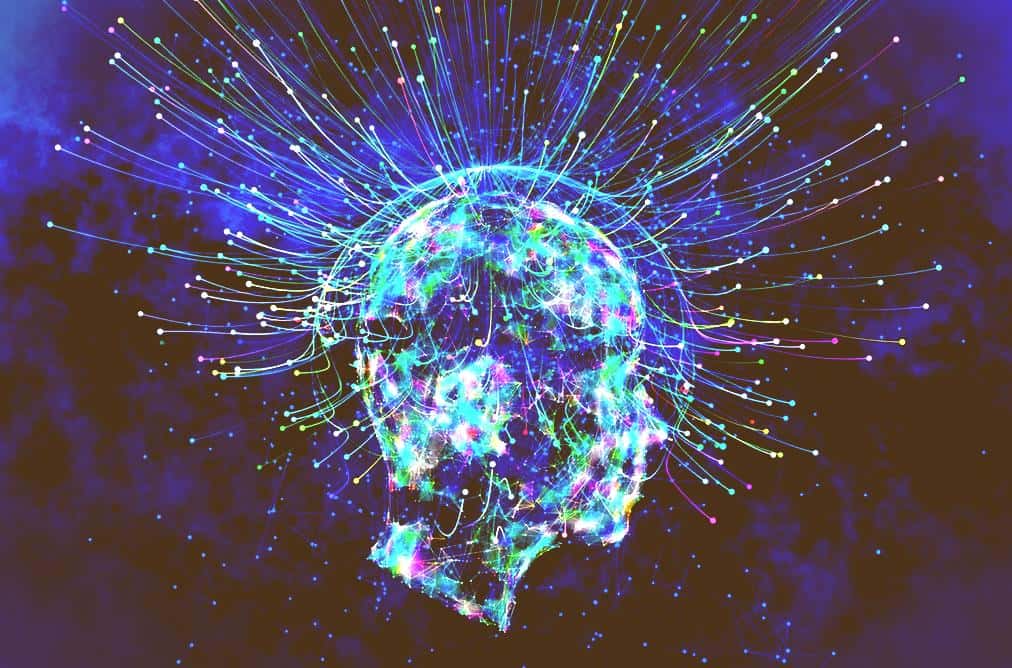
The direct impact of this is felt in the quality of the deliverable not met, expectations of the client not met, affecting the overall business, customer’s business and most importantly, everyone’s wellbeing.
2 Characteristics of an agile mind that significantly contributes to the success of ‘agile’ demanding projects
- Accept failure as feedback signals: To hit a low or have a downtime is normal. To fall completely or fall-off the center during the downtime is also normal. But how quickly we rise from the fall is what differentiates people of different kinds. An agile project fails at a grass root level, when members of the project are less resilient in adversities and find it hard to change behaviors and practices to make progress. It’s important for people to learn from failures and have them as facilitators for leadership growth, enabled through the progress of the project; in other words see feedback as opportunities for self growth, in contrast to pointing fingers at one another.
- Positive attitude: Responding in times of despair is extremely hard, but is a great opportunity for self growth, specially when you’re a part of a nimble environment. Successful projects require tough teams that are highly resilient and move on to work towards a common shared goal, that places the best interest of team success. For instance, when a client requests a change that requires more effort than estimated, there are two paths to respond to it:
— Have an emotional response to it: Feel stressed / burnt-out, and push oneself to the level of saturation and then end up jumping off a cliff, causing the project to collapse with you.
— Or take the road less taken: Approach a leader in the team and voice out the concern right then, so that the peer / lead can either negotiate with the client or bring in different capabilities to respond to the situation, thus reducing unnecessary / imaginary panic.
Leaders can inspire change in practices, behaviors and mindsets and act as change agents. However, each individual needs to be ‘neuroplastic’ (build ability to shed old behaviors and rewire the brain as one goes through life), and this can happen only if everyone is open to driving agile actions, for individual and collective benefit.
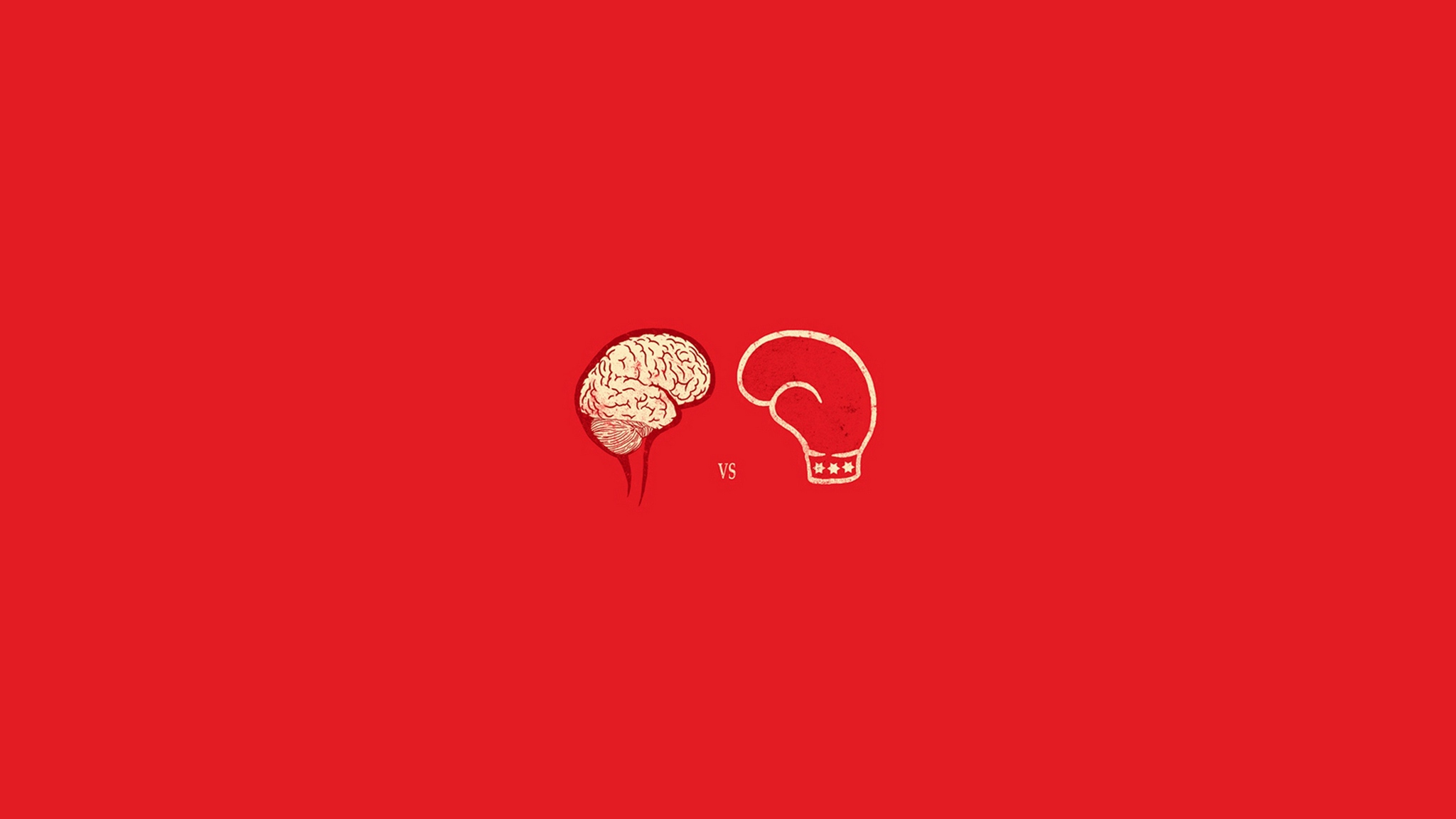
Both of the above require one vital, yet most difficult attitude of a human being: Moving out of your comfort zone.
To be able to move out of one’s comfort zone, for the benefit of the project or the team, and seeing that as an opportunity to unlock leadership potential in oneself.
Similarly, being willing to teach and learn from one another helps balance the availability of skill and knowledge between the team members, minimizing risks on the project. If there is a culture of finger-pointing, people are less likely to volunteer to work on an important task, specially if they are not an expert in that area.
Frequently Asked Questions(FAQs)
1. What is agility in the agile model?
Agility in an Agile model refers to the ability to adapt and respond quickly to changes in project requirements, without compromising on the overall quality of the deliverables. Agile methodologies, such as Scrum and Kanban, prioritize flexible and collaborative approaches to product development, enabling teams to iterate quickly and make adjustments as needed. The goal of agility is to deliver value to customers faster and more efficiently, while also fostering a culture of continuous improvement within the development team.
2. What is agile development?
Agile development is a software development methodology that prioritizes flexibility and customer collaboration. Agile teams work in short sprints, usually one or two weeks, and continuously deliver small, working portions of the product. This allows for constant feedback from customers and the ability to quickly pivot or make changes as needed. Agile emphasizes teamwork, frequent communication, and a focus on delivering working software over completing comprehensive documentation. Agile methodologies include Scrum and Kanban.
3. How to form agile teams?
Forming agile teams involves bringing together individuals with diverse sets of skills and experiences to work collaboratively towards a common goal.
4. What are the alternatives to agile methodology?
The waterfall model of application development is an alternative to agile methodology.
Janani is an agile project manager | developed multiple high-impact solutions at Codewave




